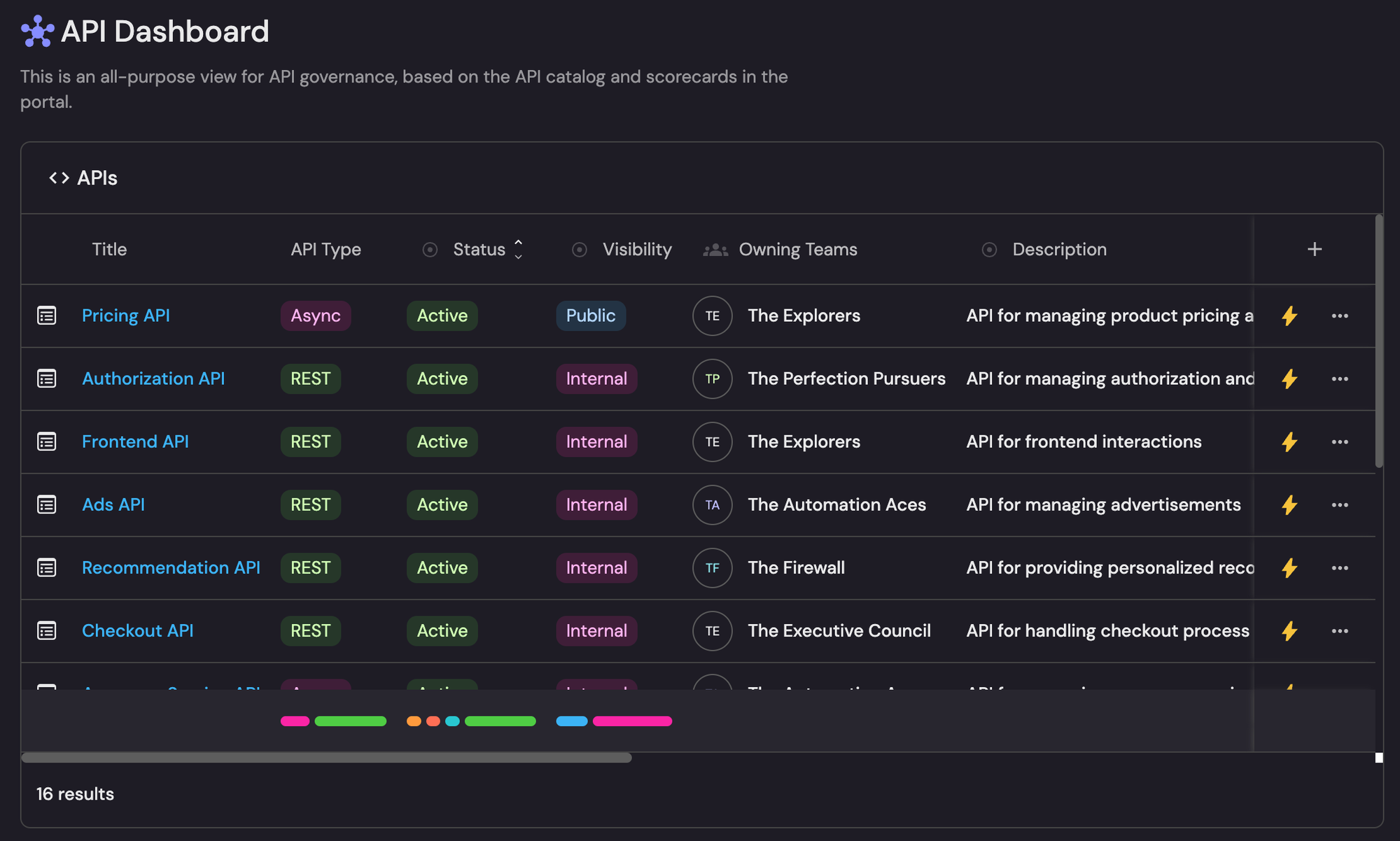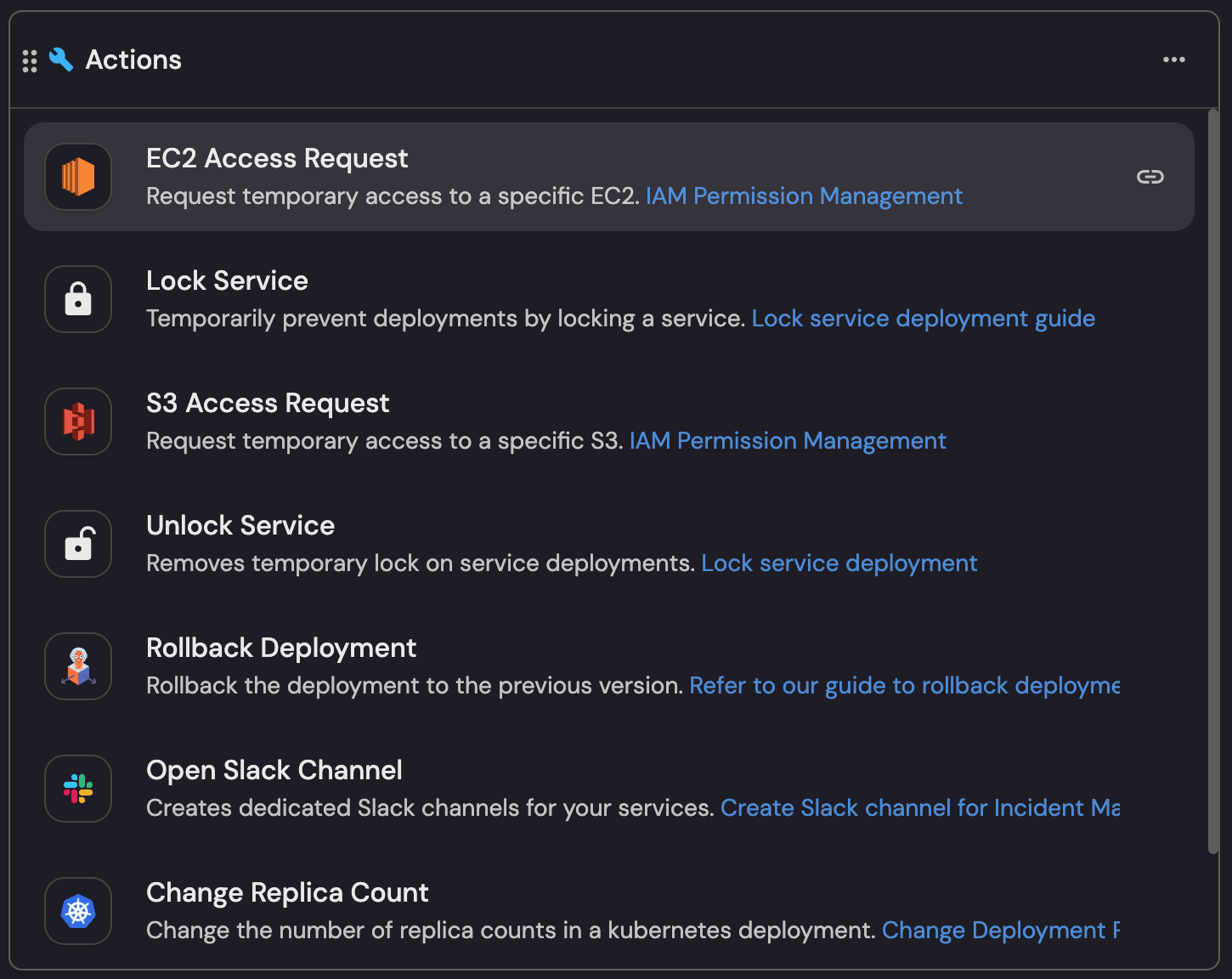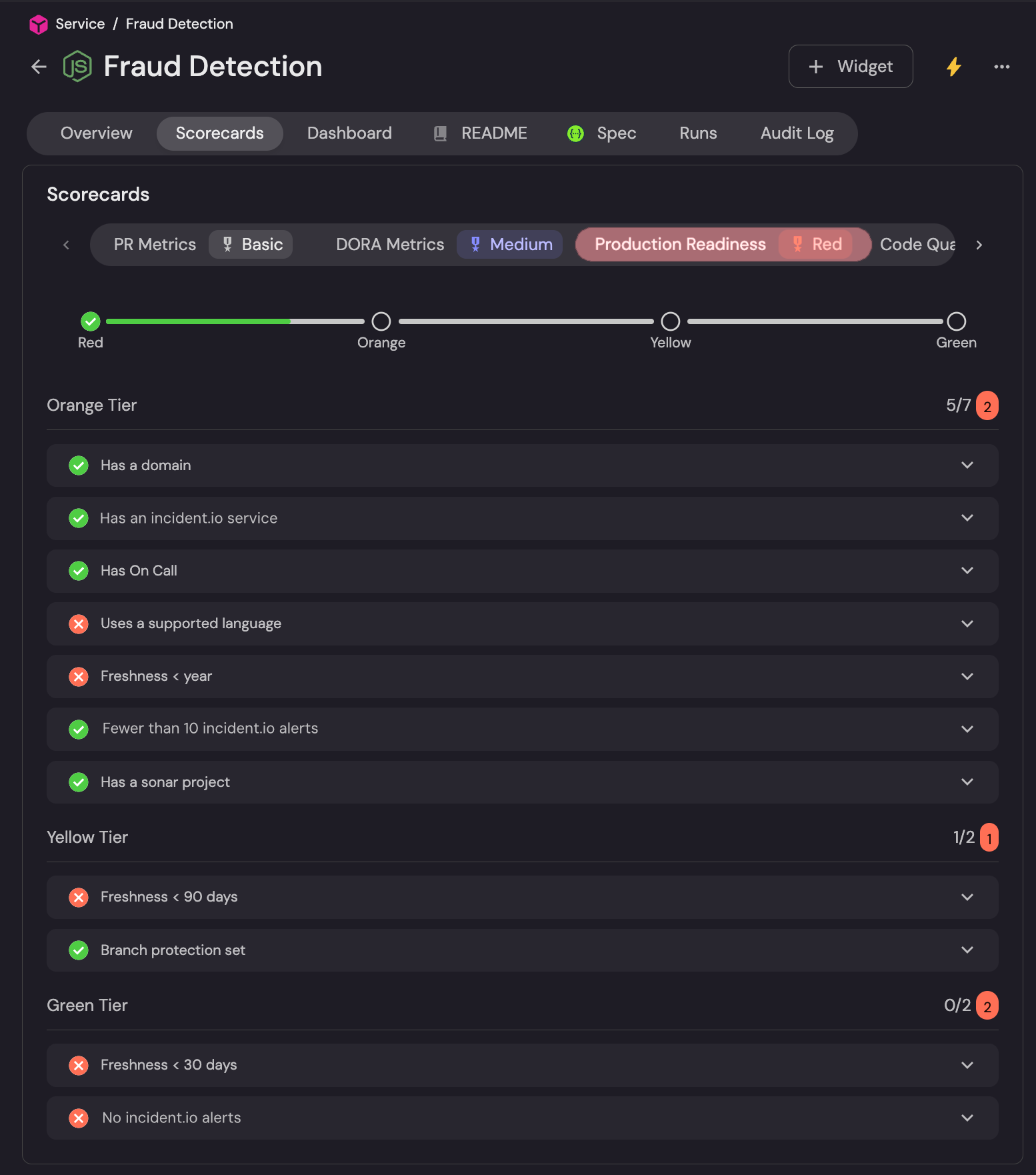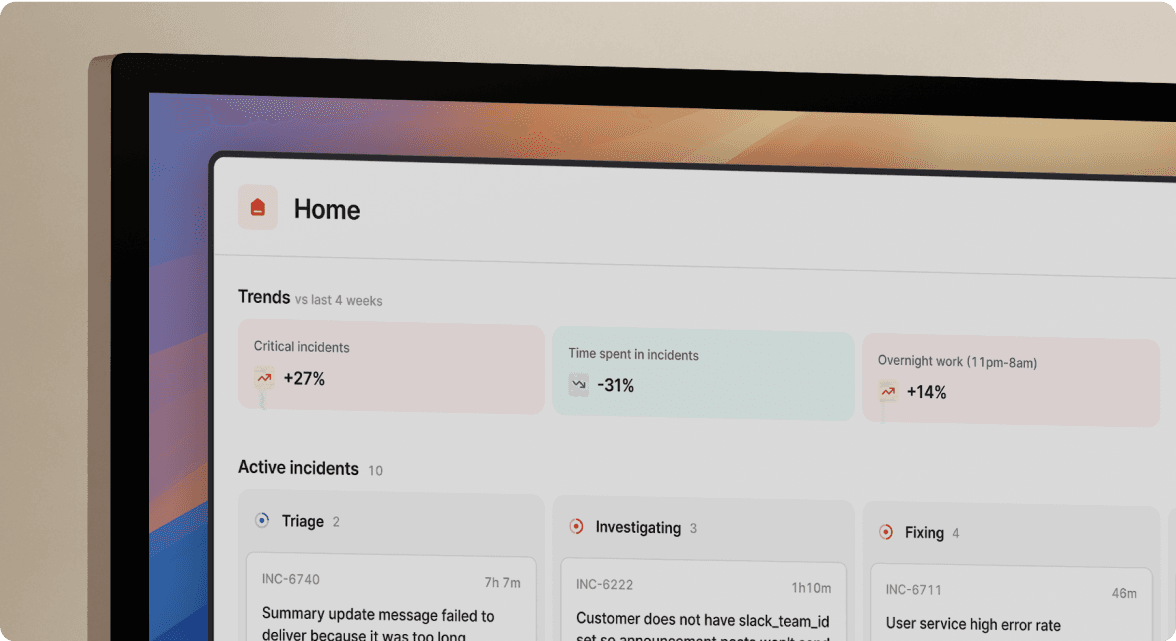How Port helps supercharge incident.io workflows

Great incident response starts with structure, speed, and the right context. At incident.io, we make it easy for teams to declare incidents, follow battle-tested workflows, and communicate clearly from the moment something breaks to the moment it's fixed.
But resolving incidents isn’t just about what happens in the heat of the moment: it’s about having the right metadata and service information at your fingertips. That’s where Port comes in.
Port’s internal developer portal gives teams a powerful view of their entire production environment, from service ownership to deployment history. Together, Port and incident.io help engineering orgs move faster, collaborate better, and build a healthier incident response culture.
The challenge: context lives everywhere
When something breaks in production, the first questions usually sound like this:
- What’s affected?
- Who owns the service?
- When was the last deployment?
- Is this a known issue?
In high-pressure moments, the last thing you want is to scramble across multiple tools looking for answers. That’s why so many teams end up with inconsistent workflows, unclear ownership, and delayed response times — all of which increase the cost and impact of an incident.
incident.io ♥️ Port
incident.io gives you the structured workflows, automation, and collaboration spaces to run incident response from start to finish. Port brings the service metadata that helps you get to the root cause faster.
Here’s how the integration improves every step of the journey.
Instant incident declaration with rich context
With incident.io, declaring an incident kicks off everything you need: a dedicated Slack or Teams channel, pre-filled roles and tasks, templated communications, and the right stakeholders looped in.
With Port integrated, your responders now also have instant access to:
- Service ownership and escalation paths
- Live deployment status
- Health scorecards and production readiness checks
- Upstream and downstream dependencies
No more guesswork, copy-pasting links, or waiting for the "right" engineer to log in. You’re up and running in seconds, with everything you need in one place.

Smarter troubleshooting and faster resolution
Let’s say your on-call engineer is paged for a checkout failure on a Sunday evening. With incident.io, they declare a high severity incident and instantly get a dedicated channel with the checkout service owner already invited.
From there, the integration with Port surfaces:
- A recent deployment to the inventory API that correlates with the spike in errors
- A missing runbook that might’ve helped avoid the issue
- A health scorecard indicating the service didn’t meet all production readiness standards
With that context, your engineer rolls back to the latest known-good version directly through a self-service action in Port — and closes the loop in minutes.

Better reviews, better systems
The work doesn’t stop when the incident is resolved. The incident.io platform makes post-incident reviews easy, pulling timelines, summaries, and actions directly from the incident log.
And with Port, you can dig deeper into what contributed to the incident:
- Were any standards skipped during deployment?
- Did ownership or documentation gaps slow down triage?
- What other services depend on this one, and are they at risk?
These insights help you improve not just how you respond, but how you build — shifting reliability left into the development process.

The results: faster time to recovery and less on-call stress
Using incident.io and Port together unlocks serious improvements in operational maturity:
- Shorter time to resolution: On-call engineers make informed decisions faster.
- Less cognitive load: Teams don’t have to hunt for scattered information.
- More reliable services: Learnings feed into better standards and healthier systems.
- Happier teams: Clear roles, automated workflows, and access to context reduce burnout.
When incidents happen, the integration gives your team confidence they can act quickly and decisively — and when they’re over, it gives you the tools to make sure they don’t happen again.
Final thoughts
We believe great incident management is equal parts culture and tooling. By pairing incident.io’s structured response workflows with Port’s centralized service metadata, you can build an incident process that’s not only fast and efficient, but one that helps your entire engineering org level up.
Want to see it in action?
Book a demo or learn more about the Port integration.
See related articles
So good, you’ll break things on purpose
Ready for modern incident management? Book a call with one of our experts today.

We’d love to talk to you about
- All-in-one incident management
- Our unmatched speed of deployment
- Why we’re loved by users and easily adopted
- How we work for the whole organization



